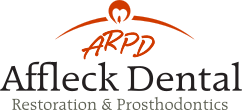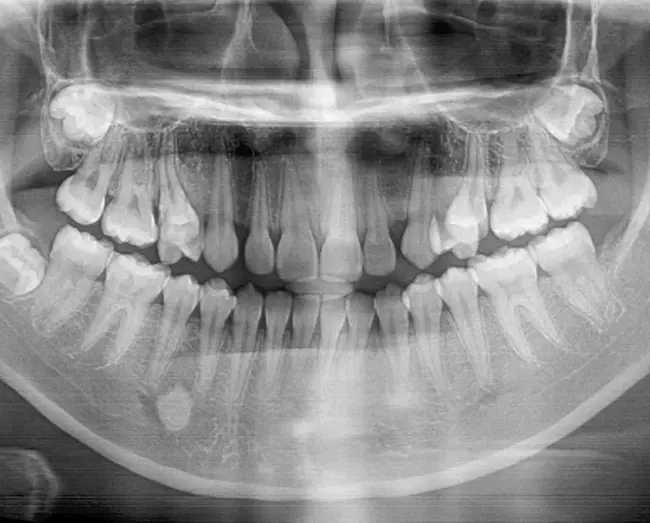Dental X-Rays and CBCT 3D Scans
We have all the radiographic technology necessary to do full smile makeovers. This includes Dental Veneers, All on 4 full mouth reconstruction, single dental implants, partial and full dentures and any other custom work.
Low Cost CBCT 3D Scans
At Affleck Dental, your health and comfort are our top priorities. That’s why our office is equipped with an onsite CBCT (Cone Beam Computed Tomography) scanner—the same advanced technology trusted by specialists for precise, 3D imaging of the teeth, jaws, and surrounding structures.
Unlike a traditional dental X-ray, a CBCT scan captures incredibly detailed, three-dimensional images in a single, comfortable visit. This gives our team a crystal-clear view of your oral anatomy, helping us provide more accurate diagnoses, safer treatment planning, and predictable long-term results.
The potential a CBCT scan has for improving the quality and accuracy of the work we do is significant. This is why we make sure it is affordable for all our patients.

CBCT 3D Dental Imaging for Our Patients in Ogden, Layton & Syracuse, Utah
Even more important than affordability, is the 25 years and additional prosthodontic training that Dr. Affleck brings to his analysis of every cone beam ct scan. It makes economic sense, and more sense for the health of our patients that travel from Ogden, Layton and even further.
Whether you live in Logan, Ogden, Layton, Clearfield, or anywhere in Davis or Weber Counties, our CBCT scanner allows you to receive hospital-grade imaging right here in our dental office—without the need for outside referrals.
Why Patients in Ogden, Layton & Clearfield Choose CBCT Imaging
Dental X-Rays
Why dental X-rays are performed
Dental X-rays, or radiographs, are pictures of your teeth that your dentist employs to assess your oral health. Utilizing low levels of radiation, these X-rays capture images of the inside of your teeth and gums.
Dental X-rays are usually conducted on an annual basis, though they may occur more frequently if your dentist is monitoring the development of a dental issue or ongoing treatment.
Factors affecting how often you get dental X-rays may include:
For new patients, dental X-rays are typically conducted to provide your dentist with a comprehensive view of your dental health. This becomes crucial, especially if you don't have X-rays from your previous dentist.
Children might require more frequent dental X-rays compared to adults, as dentists often need to track the growth of their adult teeth. This monitoring is essential to help dentists decide if the removal of baby teeth is necessary to prevent complications, such as adult teeth growing in behind baby teeth.
Dental X-Rays: Clearfield, UT
Potential Dangers or Risks of Dental X-rays
While dental X-rays involve radiation, the levels are kept extremely low, making them generally safe for both children and adults. Opting for digital X-rays, as opposed to traditional film development, further reduces the risk of radiation exposure.
To ensure additional protection, your dentist will provide a lead "bib" covering your chest, abdomen, and pelvic region, preventing unnecessary radiation exposure to vital organs. In cases of thyroid conditions, a thyroid collar may also be used. Children and women of childbearing age may wear these additional protections alongside the lead bib.
However, it's crucial to note that pregnancy is an exception. Women who are pregnant or suspect they may be pregnant should avoid all types of X-rays. If you believe you're pregnant, inform your dentist, as radiation is not considered safe for developing fetuses.
Preparation for dental X-rays
No special preparation is needed for dental X-rays. The only recommendation is to brush your teeth before your appointment to ensure a cleaner environment for the dental professionals working inside your mouth. Typically, X-rays are conducted prior to dental cleanings.
During your visit to the dentist's office, you'll be seated in a chair with a lead vest placed over your chest and lap. The X-ray machine is positioned next to your head to capture images of your mouth. Depending on the dental practice, X-rays may be taken in a separate room or in the same room where cleanings and other procedures are performed.
After dental X-rays
Once the images are ready—often instantly with digital X-rays—your dentist will examine them to identify any abnormalities.
If a dental hygienist is conducting your teeth cleaning, the dentist may discuss the X-ray results with you after the cleaning is completed, unless the hygienist discovers significant issues during the X-rays.
Should your dentist identify any concerns, such as cavities or tooth decay, they will discuss potential treatment options. If no issues are found, then congratulations on maintaining good oral health!



